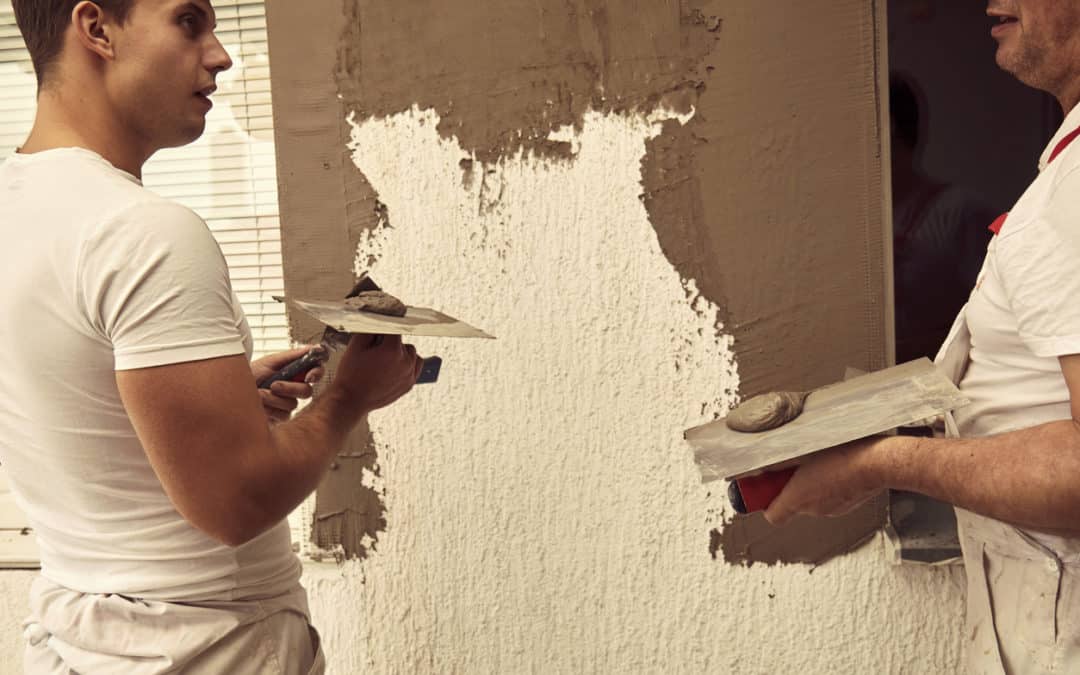A clean roof enhances the look of your home and can even add resale value. But moss, algae and mildew can be more than just unsightly, as they promote damage to your roof and may void warranties.
There are many different types of roof cleaners on the market, from budget-friendly to heavy-duty formulas for tough stains. Some are safe for plants and animals, while others can wreak havoc on landscaping. Contact Sarasota Roof Cleaning now!

Your roof protects you and your belongings from rain, snow, falling debris, and UV rays. It’s sturdy enough to withstand a little pressure washing a couple times a year, but it isn’t designed to keep out highly pressurized jets of water. Applying too much pressure can damage shingles, crack concrete or slate, and deteriorate the underlying material that protects your home.
The best way to avoid damaging your roof is to wash it softly. Use a low-pressure sprayer to remove moss, dirt, and black stains without harming your shingles. Before you start cleaning your roof, make sure you have all the necessary safety gear including a ladder, gloves, and non-slip shoes. It’s also a good idea to check if there are any loose or damaged shingles before beginning your cleaning.
A professional roof cleaner will know how to use a low-pressure sprayer to clean your roof without harming it or the surrounding landscaping. They will apply the detergent in sections, rinsing after each application. This method allows the solution to penetrate accumulated dirt and loosen moss, leaving it ready for a high-pressure rinse that can easily remove stubborn stains.
If you want to save money and do your roof cleaning yourself, it’s important to know what type of detergent you need. The best detergent for a roof is one that contains a biocide that kills algae and prevents it from growing back. You can find these biocide products at most hardware stores and garden centers. You can also buy them online and mix them with water to create a low-pressure washing solution.
Before beginning your roof cleaning, thoroughly wet the surrounding areas to minimize damage from overspray. This will also help the cleaning solution soak into your shingles and dissolve the accumulated dirt. Before applying the detergent to your roof, you should always wear a rubber glove and a face mask to avoid harmful toxins.
Once you’re finished cleaning your roof, it’s a good idea to notify your neighbours of the work. If your neighbours have children or pets, you may need to relocate them to a safe area until the cleaning process is complete. It is also a good idea to inform them of any potential overspray that could cause problems for their plants and animals.
Spray & Forget
Non-abrasive spray and forget roof cleaners remove black streaks, moss, mildew, algae, and other types of stains from all kinds of surfaces. They require a single application and do not need any rinsing or scrubbing. They are also safe for metal and wood. These products are a safer alternative to power washing, which can damage the integrity of asphalt shingles and cause damage to surrounding vegetation.
Spray and forget roof cleaners are available as a hose-end concentrate or ready to use outdoor cleaner. They work well on all kinds of exterior surfaces including brick, vinyl, cement, wood, stone, and fabric. They are non-acidic and do not contain bleach or phosphates. They are easy to use and work in the same way as a standard garden hose sprayer. They can be used to treat large areas and hard to reach surfaces.
They also come with a 20-foot hose end to reach difficult-to-reach areas and tall ladders. They are safe to use on all roof types, including shingle, tile, slate, and shingle tiles. They can also be used on soffits, gutters, siding, and awnings. They can also be used to clean concrete and masonry.
When using a non-abrasive spray and forget roof cleaning product, it is important to choose a day when it is not raining. This will help prevent the product from running down the sides of the house and causing streaks. In addition, it is important to wear rubber gloves and a face mask to protect yourself from the chemicals in the cleaning solution.
Spray and forget roof cleaning is a great way to get your home looking like new again without the hassle of using a power washer or scrubbing equipment. It is a safe and effective way to clean your roof and other outdoor surfaces. It will remove stubborn stains and leave your property looking great. For more information, stop by your nearest Koopman Lumber store. Our knowledgeable staff can answer any questions you may have about this product or any other roofing supplies you might need.
Safe Roof Cleaner
The best roof cleaner should be able to kill the algae, mildew and moss that are growing on your home’s roofing system. The most effective and safe solution is a water-based product, which does not contain bleach. This type of solution is gentle enough to be used on all types of roofs, including cedar and other shingles. In addition, it can also be used on decks and other surfaces that are not made from a fragile material like vinyl or rubber membranes.
The other option for a safe roof cleaner is to use an eco-friendly or natural product. These formulas do not contain harsh chemicals or bleach, so they’re safe for children, plants and wildlife that may live in the yard or wander through your property. They’re also safer for your roof, which can be damaged by the abrasive chemical compounds found in heavy-duty cleansers.
Many chemical-based roof cleaners are formulated with chemicals such as ammonia, copper sulfate and trisodium phosphate, all of which work well to remove stains, molds, algae and mosses. However, they can be harsh on the landscaping or plants around your house, so you should always water heavily before, during and after using them. The overspray or runoff from these chemicals can harm your landscape, as well as pollute the surrounding waterways and wildlife.
When choosing the best roof cleaner, be sure to read the manufacturer’s instructions carefully. You should also look at how much square footage a bottle or jug can cover. This will help you determine how much you’ll need to purchase. Many of the more concentrated products can cover a large area, so you may be able to get away with buying just one container.
Another important factor to consider is the odors and fumes produced by the different roof cleaning products on the market. Some are so strong that you have to keep windows closed while applying them. Others emit toxic vapors that can drift a block or more, and they might even make you feel sick. The good news is that many newer cleaners have low or no odor at all.
Roof Cleaner Spray
Roof cleaner spray is ideal for cleaning larger surfaces or hard to reach elevations when doing roof cleaning. It’s easy to use and eliminates the need for power washing, brushing, or rinsing. Non-corrosive and biodegradable, it works to remove green stains, mildew, moss, lichen, and other contaminants from exterior surface areas including roofs, siding, gutters, and decks. Safe on asphalt shingles, wood, stucco and brick. Does not contain bleach or phosphates, is odorless and leaves no residue.
Many contractors clean dozens of roofs each week and make money doing so. Many use sodium hypochlorite (fresh bleach from a grocery store is often 5.75% concentration). Potassium hydroxide behaves somewhat like sodium hypochlorite but comes with its own set of problems, particularly because it’s typically used on walk-able roofs and requires some amount of physical agitation such as the use of a scrub brush or the application of pressure from a power washer.

 Optimize Your Website
Optimize Your Website


 Security cameras should be placed near all entry points, near areas of restricted access, and near storage spaces for equipment or materials to discourage opportunistic theft.
Security cameras should be placed near all entry points, near areas of restricted access, and near storage spaces for equipment or materials to discourage opportunistic theft. 



 For larger dents and holes, a patch should be cut to size and then screwed into place. It is important to use proper technique when taping and mudding
For larger dents and holes, a patch should be cut to size and then screwed into place. It is important to use proper technique when taping and mudding 

